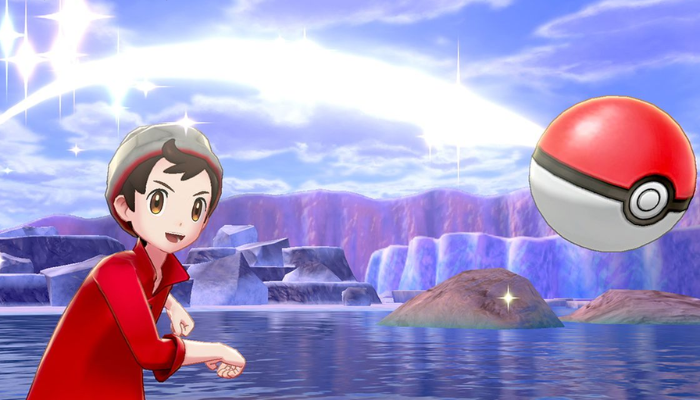The Pokémon franchise, a cornerstone of global pop culture, began its journey in 1996 with the release of “Pokémon Red” and “Pokémon Blue” on the Game Boy. Since then, it has evolved into a multifaceted phenomenon, spanning video games, TV shows, movies, trading card games, and various merchandise. Each new generation of Pokémon games has brought significant changes, enhancing the gameplay, graphics, and overall experience. This article traces the evolution of Pokémon games from their inception to the latest entries, “Pokémon Sword” and “Pokémon Shield.” Discover the art of tatsugiri on our website, showcasing a collection of exquisite designs and techniques. Immerse yourself in the world of this unique Japanese sword art.
The Genesis: Pokémon Red and Blue
“Pokémon Red” and “Pokémon Blue” introduced players to the world of Pokémon, where they could catch, train, and battle 151 different creatures. The games’ mechanics, including turn-based battles, type advantages, and the iconic phrase “Gotta Catch ‘Em All,” set the foundation for future titles. The simple 8-bit graphics and limited color palette of the Game Boy presented a charming, yet challenging adventure that captivated millions.
The Golden Era: Pokémon Gold and Silver
The second generation, “Pokémon Gold” and “Pokémon Silver,” released in 1999, expanded the Pokémon universe significantly. These games introduced 100 new Pokémon, day-night cycles, breeding, and held items, adding depth and complexity to the gameplay. The integration of the Kanto region from the original games as a post-game feature provided a nostalgic yet fresh experience, establishing a beloved tradition of interconnected game worlds.
Entering the Modern Age: Pokémon Ruby and Sapphire
With “Pokémon Ruby” and “Pokémon Sapphire” in 2002, the franchise made its debut on the Game Boy Advance, showcasing improved graphics and sound. These games introduced abilities, natures, and double battles, which added layers of strategy. The Hoenn region, with its diverse landscapes and weather patterns, highlighted the series’ evolving environmental design.
Technological Advancements: Pokémon Diamond and Pearl
The fourth generation, “Pokémon Diamond” and “Pokémon Pearl,” released in 2006, brought the series to the Nintendo DS, utilizing its dual screens and Wi-Fi capabilities. These games introduced online trading and battling, a significant step forward for connectivity and community interaction. The Sinnoh region’s intricate lore and the introduction of 107 new Pokémon continued to expand the series’ rich universe.
Global Connectivity: Pokémon X and Y
In 2013, “Pokémon X” and “Pokémon Y” marked the series’ transition to the Nintendo 3DS, featuring fully 3D graphics for the first time. These games introduced Mega Evolutions, enhancing the power and appearance of certain Pokémon temporarily during battles. The Kalos region, inspired by France, offered a visually stunning world to explore. Enhanced online features and global events cemented Pokémon’s status as a worldwide community.
The Alola Revolution: Pokémon Sun and Moon
“Pokémon Sun” and “Pokémon Moon,” released in 2016, continued the trend of innovation by altering the traditional gym structure with Island Trials. The Alola region, inspired by Hawaii, introduced regional variants of classic Pokémon, showcasing adaptability and creativity. These games emphasized storytelling and character development, providing a fresh take on the established formula.
Modern Marvels: Pokémon Sword and Shield
The latest entries, “Pokémon Sword” and “Pokémon Shield,” released in 2019 for the Nintendo Switch, brought the series into the high-definition era. The Galar region, inspired by the United Kingdom, featured open-world elements with the Wild Area, allowing for free exploration and dynamic Pokémon encounters. These games introduced Dynamax and Gigantamax forms, adding another layer of strategy to battles. Quality-of-life improvements, such as experience share and streamlined mechanics, made the games more accessible to new players while satisfying long-time fans.
Looking Ahead
As Pokémon continues to evolve, it embraces new technologies and player expectations while maintaining the core elements that have defined the series for over two decades. With each new generation, the franchise grows richer and more diverse, captivating the imaginations of millions around the world. The journey from “Pokémon Red” and “Pokémon Blue” to “Pokémon Sword” and “Pokémon Shield” is a testament to the enduring appeal and innovative spirit of Pokémon, ensuring its place in the hearts of future generations.


















Comments